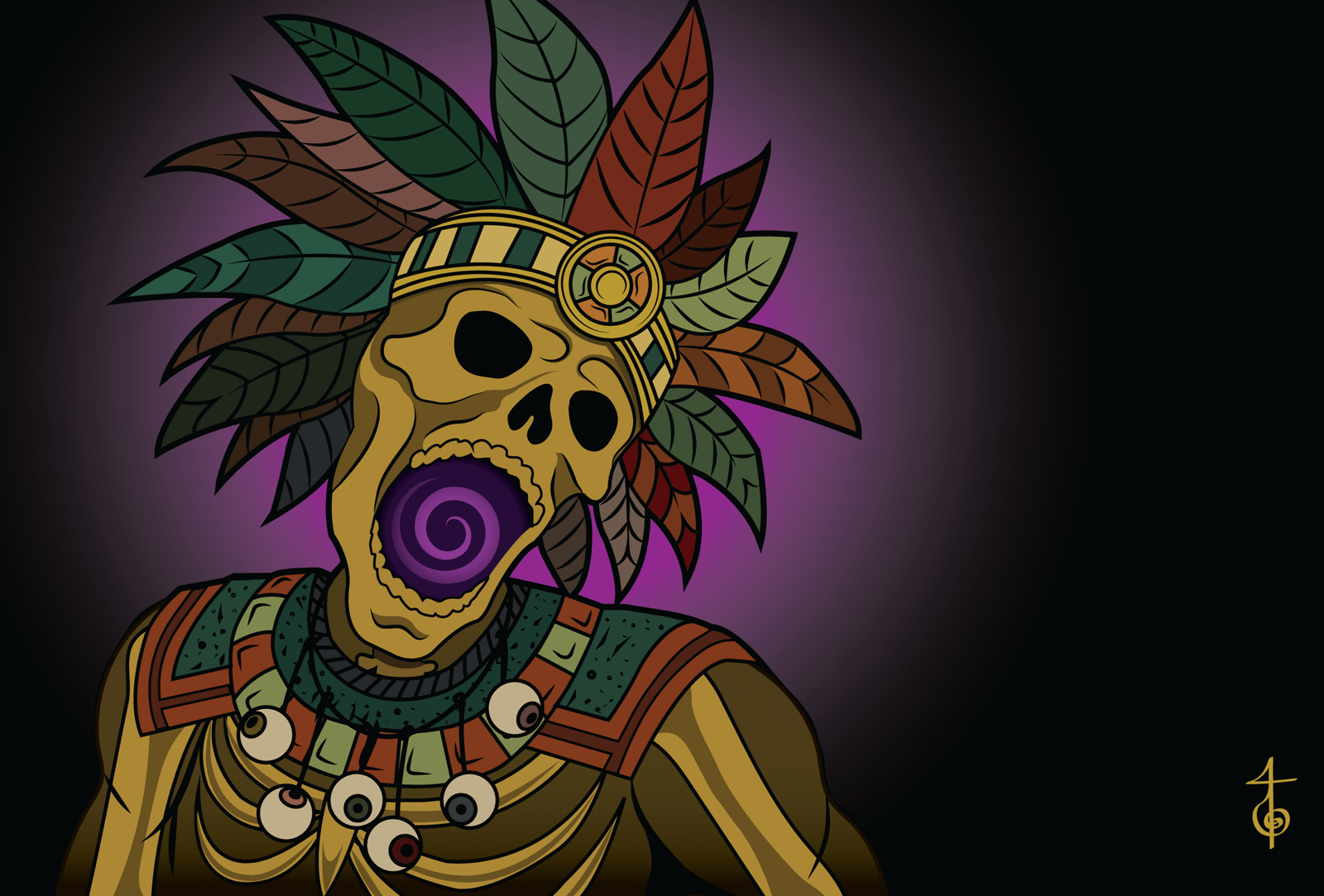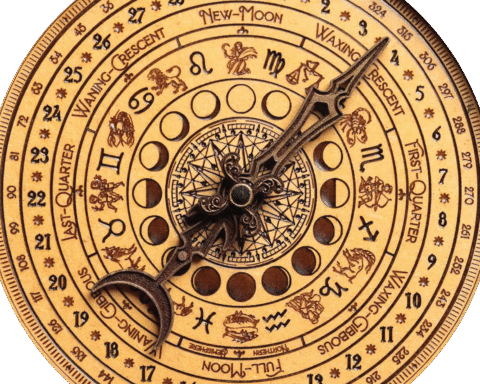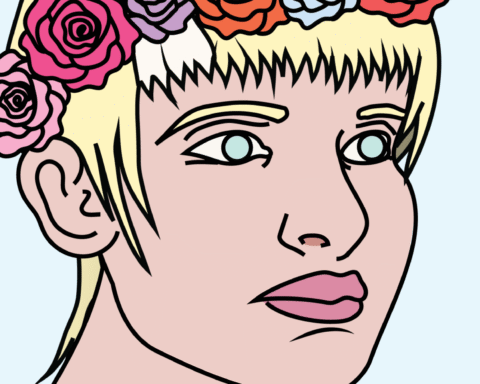As the world awakens from the slumber of winter, the arrival of spring is often heralded by deities that symbolize growth, renewal, fertility, and the vibrant cycles of nature. Across various cultures, gods and goddesses embody the essence of this season, each contributing to a rich tapestry of myth, ritual, and celebration. From the playful blooms of flowers to the burgeoning life in the fields, these spiritual figures resonate with the themes of rebirth and vitality.
1. Eostre: The Anglo-Saxon Goddess of Dawn
Eostre, also known as Ostara, is a goddess from Anglo-Saxon mythology associated with the dawn and springtime. Her name is related to the Old English word “ēastre,” which refers to the month of April. Eostre is often depicted with symbols of fertility, such as hares and eggs, which have since become prevalent symbols in modern-day celebrations of Easter, a festival celebrating resurrection and renewal (Graves, 1966). Amid communal feasts, her influence permeates themes of growth, making her a key figure as believers honored the return of light and warmth.
2. Persephone: The Greek Queen of Spring
In ancient Greek mythology, Persephone is perhaps the most significant deity representing the contrast between death and life. As the daughter of Demeter, the goddess of agriculture and the harvest, Persephone embodies the transition into spring. Trapped in the underworld by Hades for part of the year, her return to Earth symbolizes the renewal of life and the fertility of the soil (Homeric Hymn to Demeter). Her story has been honored through ancient rites such as the Eleusinian Mysteries, which celebrated the cycle of life, death, and rebirth—echoing the natural cycle of planting and harvest (Bremmer, 2014).
3. Flora: The Roman Goddess of Flowers
Flora, the Roman goddess of flowers and the season of spring, epitomizes the joy and beauty of new blossoms. Celebrated with the festival called Floralia in her honor, which took place in late April and early May, Flora’s festival was marked by colorful flowers, lively dances, and theatrical performances (Larson, 2021). As a goddess who blessed the growing season, she ensured bountiful harvests and the thriving of plants and animals. The tradition of giving flowers in the spring, a practice that continues today, showcases her enduring influence in various cultures.
4. Njord: The Norse God of the Sea and Fertility
While not exclusively a spring deity, Njord, a major figure in Norse mythology, signifies fertility and prosperity, aligning closely with the themes of spring. As the god of seafarers, Njord’s blessings would ensure fruitful fishing and abundance. In some tales, he aids in balancing the harshness of winter with the promise of fruitful growth in spring (Larrington, 2010). His connection to the Earth’s cycles reflects how ancient peoples revered the divine’s role in agricultural prosperity.
5. Inanna: The Sumerian Goddess of Love and Fertility
Inanna, one of the oldest known deities, hails from ancient Sumer, where she represents fertility, love, and warfare. Her stories depict her descent into the underworld and subsequent return, which symbolizes seasonal change and agricultural cycles. The myths surrounding Inanna connect her to the regeneration of Earth after the dormant winter months, highlighting the interplay between life and death. Festivals in her honor often coincide with agricultural cycles, celebrating the vitality of spring (Ringer, 2018).
6. Brigid: The Celtic Goddess of Spring
In Celtic mythology, Brigid stands as a multifaceted goddess associated with spring, fertility, and healing. Celebrated around Imbolc, a festival marking the midway point between winter and spring, Brigid’s arrival signals the first signs of greenery and the end of winter’s brutal reign (Green, 1997). Her symbolic association with fire and fertility reflects her role in the rejuvenation of the land. Many modern practices continue to honor Brigid, merging ancient traditions with contemporary celebrations of spring.
7. Ostara: The Teutonic Goddess of Spring
Ostara, sometimes linked with Eostre, is a goddess recognized by Germanic paganism as a symbol of spring’s arrival. The name Ostara is rooted in “Austron,” referring to the rising sun (Graves, 1966). Just like Eostre, she is often associated with fertility and rebirth. Ostara celebrations involve lively festivals as communities rejoice in the longer days and milder weather that come with spring.
8. Sango: The Yoruba God of Thunder and Fertility
In the African tradition of the Yoruba people, Sango (or Shango) is revered as the god of thunder, lightning, and fertility, embodying strength and vitality. Spring brings the necessary rains that rejuvenate the earth, and Sango’s presence is felt during these downpours, which are crucial for agricultural success (McCarthy Brown, 2001). Festivals in his honor often involve vibrant dances and rituals, emphasizing communal unity and gratitude for the season’s blessings.
9. Amaterasu: The Shinto Goddess of the Sun
In Japanese mythology, Amaterasu, the sun goddess, is a pivotal figure in Shinto beliefs. As spring approaches, her increasing presence symbolizes the return of warmth and life to the land. Festivals such as the Hanami, which celebrates the blooming of cherry blossoms, honor her role in fostering new growth and prosperity in agricultural society. Amaterasu encourages us to appreciate fleeting beauty and the cycles of nature (Kuroda, 1996).
10. Kannon: The Buddhist Goddess of Compassion
In East Asian cultures, Kannon (or Guanyin in Chinese) is revered as the goddess of compassion and mercy. While not exclusively a goddess of spring, Kannon’s qualities of nurturing and care align closely with the season of renewal. Often depicted surrounded by blooming flowers, her presence signifies the revival of life and the promise of renewal in the spring months (Barnes, 2017). Kannon’s compassion is celebrated through various festivals where people seek her blessings for a fruitful season ahead.
Conclusion: A Global Tapestry of Spring Deities
The gods and goddesses of spring from a myriad of cultures illuminate humanity’s timeless connection with nature and the cycles of life. They remind us that rebirth and renewal are universal themes that resonate across time and geography. As new life emerges from the earth, we can embrace these deities not only as mythological figures but as reflections of our own desires for growth, transformation, and a deeper connection to the rhythms of nature.
References
- Barnes, Gina. East Asian History. Australian National University Press, 2017.
- Bremmer, Jan N. “The Cult of Demeter and Persephone in the Ancient World.” The Cambridge Companion to Ancient Mediterranean Religions, 2014.
- Graves, Robert. The White Goddess: A Historical Grammar of Poetic Myth. Farrar, Straus and Giroux, 1966.
- Green, Miranda. The Gods of the Celts. The History Press, 1997.
- Kuroda, Hiroshi. “Shinto and Japanese Culture.” Japan Review, 1996.
- Larson, Jennifer. “Religious Rituals in Ancient Rome: The Case of the Floralia.” The Journal of Ancient History, 2021.
- Larrington, Carol. The Poetic Edda. Oxford University Press, 2010.
- McCarthy Brown, Karen. Mama Lola: A Vodou Priestess in Brooklyn. University of California Press, 2001.
- Ringer, Mark. “A Guide to Sumerian Mythology.” The Ancient World Review, 2018.
















